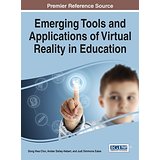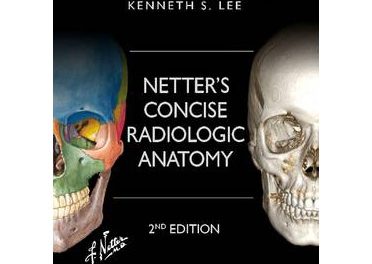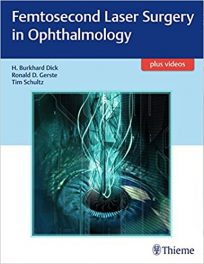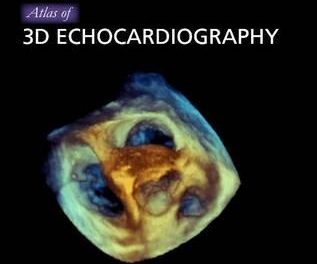 (Part of the Advances in Educational Technologies and Instructional Design (AETID) Series)
(Part of the Advances in Educational Technologies and Instructional Design (AETID) Series)
Editors: Dong Hwa Choi, Amber Daily-Herbert, and Judi Simmons Estes
Publisher: IGI Global – 360 pages
Book Review by: Sonu Chandiram
The use of technology in education has become a necessity, not just in the inhabited, developed world such as in Australia, Europe and the Americas, but in much of the developing world as well, such as Africa, Asia, and Oceania. Not only is it smart to use technology devices to hasten educational processes, it would be foolish to even think that the old ways of teaching and learning – with books, chalk and board, paper, pencil, and pen and not much else – are sufficient or still okay to teach and learn.
This book is not just about the benefits of using technology in education. It goes beyond that to explain how the tools and applications of ‘virtual reality’ (a term that many of us still don’t fully understand) can improve education.
Most human beings, experience has shown, do not typically adopt new ideas – and the innovative products that result from them – readily. We fear the unfamiliar, but this changes when information is gained about those ideas. This book provides you that missing element, and hopefully, you will gain better insight about virtual reality in education.
To help you towards that end, 29 people including three editors contributed to the content of this book by writing it. They are mainly professors, scholars, students, researchers, and authors. Here below is a list of the 13 chapters of this book organized under three Sections:
- Understanding Virtual Reality in Education
- Virtual Reality and Education: Overview Across Different Disciplines
- Applied Areas of Three-Dimensional Virtual Worlds in Learning and Teaching: A Review of Higher Education
- Faculty Perception of Virtual 3-D Learning Environment to Assess Student Learning
- Increasing Student Engagement through Virtual Worlds: A Community College Approach in a Diversity Course
- Virtual Reality Across Disciplines
- Using Second Life R for Situated and Active Learning in Teacher education
- Teaching Economics in a World of Warcraft
- The Use of Virtual Worlds in Foreign-Language Teaching and Learning
- Augmented Reality as an Emerging Application in Tourism Marketing Education
- Seeing Numbers Differently: Mathematics in the Virtual World
- Next Generation of Learning: Catalysts, Consideration in Virtual Reality
- Pedagogical Agents for Learning
- Augmented Reality: A New Direction in Education
- Ethics in Virtual World Environmental Research
- Integrating Technological Innovation to Enhance the Teaching-Learning Process
The first phrase that comes to people’s minds when the word ‘virtual’ is used, is ‘non-physical’. So what is virtual reality (VR)? It is a set of technological tools – hardware and software – that enables the creation of three-dimensional imaging, including videos. These tools create imagery so close to the physical environment that it appears real. But the imagery is not real. It may look real, but it is not.
What are some of the differences between physical reality and virtual reality? Physical reality consists of people and objects that can not only be seen and heard, but that cannot be smelled, tasted, and touched. But we will probably not be surprised when soon, innovations may enable us to use these senses in virtual reality situations as well. We shall see.
You will go through an interesting journey as you read this work.
Editors:
Dong Hwa Choi, PhD is a teacher, scholar, and researcher who believes that education is a life-long process which requires commitment, self-discipline, and serving others. She has worked in the United States and South Korea focused on teacher preparation, online education, technology integration and grant-funded projects that serve K-12 teacher candidates.
Dr. Choi came to the U.S, in 1994 from Seoul with a BS in elementary school education and an MA in educational psychology, both from Ewha Women’s University. A PhD in early child education was earned in 2000 from the University of Missouri – Kansas City. During the following five years, she was Assistant Professor at Indiana State University in Terre Haute, and since 2006 she has taught at Park University
Amber Dailey-Herbert, PhD is grounded in the belief that education has the power to transform our lives and our society. She is an internationally-recognized leader in promoting innovation in higher education. Her work directly impacts adult learners as a full-time Professor at Park University, and has extended to academic leadership roles as a Department Chair, Program Coordinator, Associate Dean, and as the Founding and Executor Director of the Center for Excellence in Teaching and Learning, which serves over 1,600 full and part-time faculty members around the world.
In addition, Dr. Dailey-Herbert is a prolific researcher and collaborator, publishing multiple textbooks, peer-reviewed journal articles, serving as editor of peer-reviewed journals, and winning awards for her scholarship and pioneering efforts in problem-based learning and service learning in the online, hybrid and face-to-face environments.
Judi Simmons Estes, PhD is an Associate Professor and Associate Dean in the School of Education at Park University. Dr. Estes has a research interest in modeling the integration of technology with instruction within teacher preparation coursework, thus educating teacher candidates how to integrate technology to enhance instruction in K-12 classrooms. She is a certified instructional specialist for e-MINTS (Enhancing Missouri’s Instructional Network Teaching Strategies.






